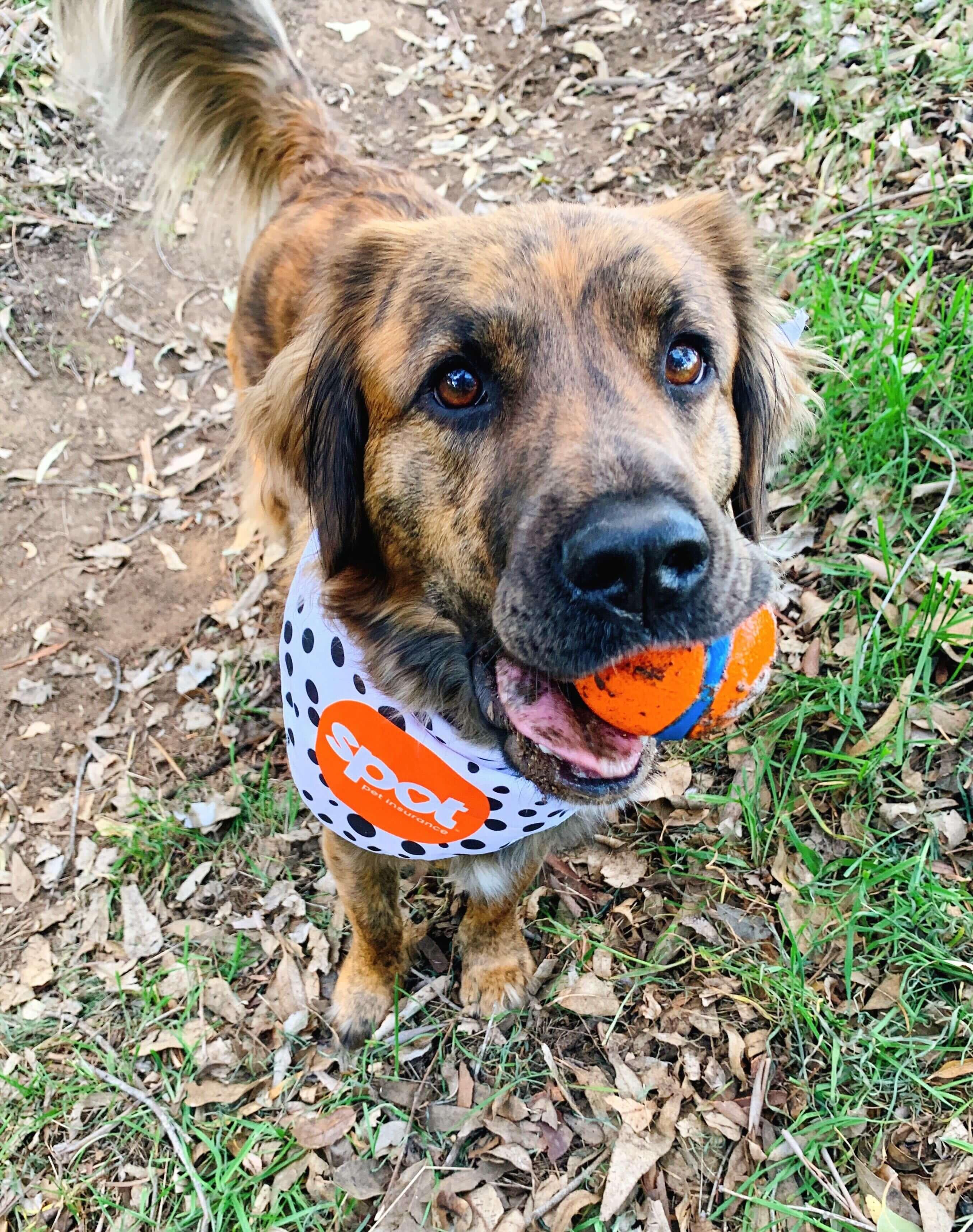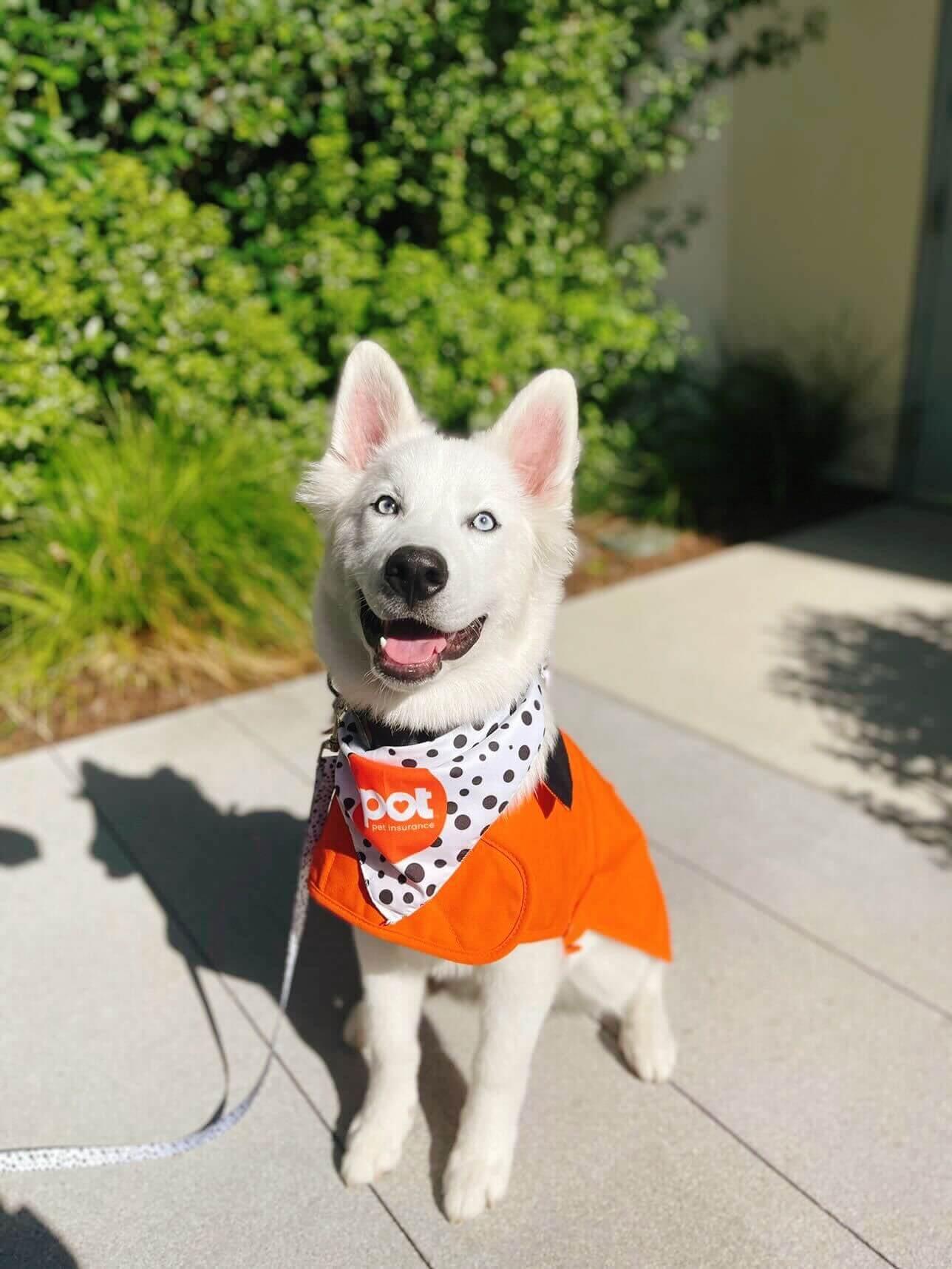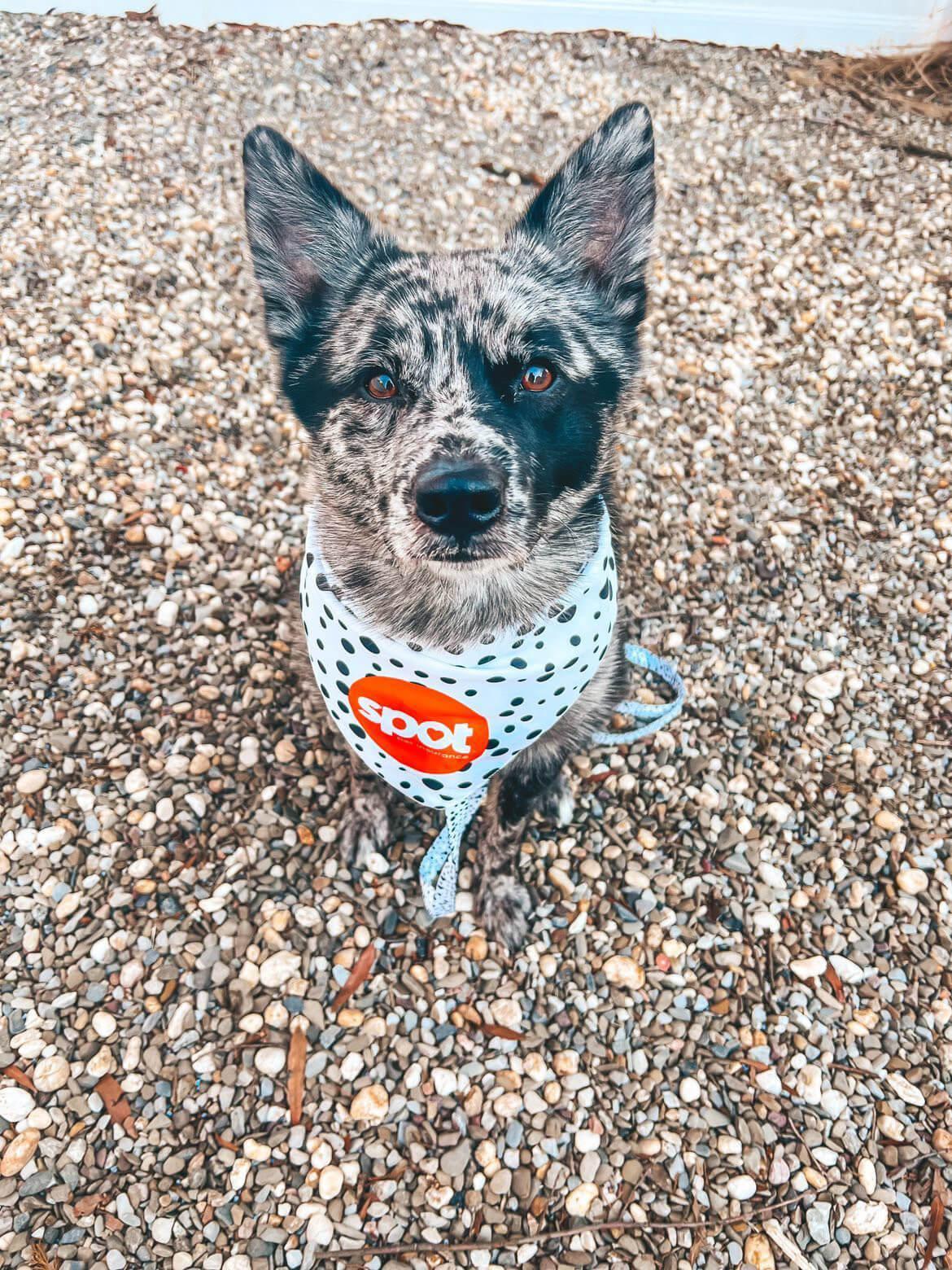Dogs are no strangers to skin troubles. Itching, redness, scabs, and hair loss are among the most frequent issues that bring them to the vet. Skin infections in dogs can be frustrating for both pets and pet parents, but the good news is that most are treatable once the cause is identified.
From allergies to parasites, there are several culprits behind dog skin problems. Let’s break down the most common types, their symptoms, and how they’re treated.
Common Skin Infections in Dogs
Skin infections in dogs come in many forms. The most common include1:
Allergies that lead to excessive scratching and secondary infections.
Bacterial infections like pyoderma.
Fungal infections such as yeast dermatitis and ringworm.
Parasitic infections like mange, caused by mites.
Hot spots and less common conditions like autoimmune skin diseases.
Allergies and Their Role in Dog Skin Infections
Allergies are one of the top reasons dogs develop skin problems. Common triggers include1:
Environmental allergies – pollen, dust, or mold.
Food allergies – often linked to certain proteins or grains.
Flea allergies – even a single bite can cause severe irritation in sensitive dogs.
When a dog scratches or licks excessively, it damages the skin barrier, allowing bacteria or fungi to move in and cause infections.
Bacterial Skin Infections in Dogs (Pyoderma)
Pyoderma is one of the most common bacterial skin infections in dogs. It often develops after scratching or a small wound.
Signs of Pyoderma include1:
Red bumps
Pus-filled bumps
Scabs and crusting
Treatment typically involves antibiotics (oral or topical) and medicated shampoos. In most cases, addressing the underlying cause—like allergies or parasites—is key to preventing recurrence.
Fungal Skin Infections in Dogs
Fungi are another common cause of skin issues in dogs.
Yeast Dermatitis (Malassezia): Usually affects ears, paws, and skin folds. Symptoms include greasy skin, itchiness, and a strong odor1.
Ringworm: Despite its name, ringworm is a fungal infection. It causes circular patches of hair loss, red scaly skin, and is highly contagious to both pets and humans2.
Treatment often includes antifungal medications, topical creams, or medicated baths.
Parasitic Skin Infections in Dogs (Mange and More)
Parasites like fleas, ticks, and mites can wreak havoc on a dog’s skin.
Fleas and ticks cause irritation and may transmit other diseases2.
Mange is caused by mites such as Demodex or Sarcoptes. Symptoms include severe itching, redness, scabs, and widespread hair loss2.
Prevention with regular flea and tick control is the best defense, while treatment may require medicated dips or oral medications.
Hot Spots and Other Conditions
Hot spots—also known as acute moist dermatitis—are painful, red, inflamed patches that can spread rapidly if untreated. They often start from constant licking or scratching.
Other less common but important conditions include2:
Alopecia (hair loss): sometimes linked to infections, sometimes hormonal.
Autoimmune diseases: rare but serious, causing the immune system to attack the skin.
Symptoms of Skin Infections in Dogs
Pet parents should watch for these common warning signs3:
Increased itching or scratching
Redness, rash, or swelling
Hair loss (patches or widespread)
Oozing sores or scabs
Changes in skin color
Greasy or flaky skin
If your dog shows any of these symptoms, it’s best to get a veterinary checkup.
Diagnosis and Treatment of Dog Skin Infections
Because many skin conditions look similar, a proper vet diagnosis is essential. Common diagnostic tools include3:
Skin scrapings (checking for mites).
Cytology (microscopic examination of skin cells).
Fungal cultures (for ringworm).
Allergy testing (if recurring problems are suspected).
Treatment may include3:
Topical care: medicated shampoos, sprays, or creams.
Oral medications: antibiotics, antifungals, or anti-parasitics.
Supportive care: soothing sprays or anti-itch medications.
Long-term management: treating underlying allergies or medical conditions.
FAQs
How do you treat a dog’s skin infection? Treatment depends on the cause. Bacterial infections may require antibiotics, fungal infections need antifungal medication, and parasitic infections are treated with parasite control products. Medicated shampoos and topical treatments often help, but always follow your vet’s guidance.
What is a scabby skin infection on a dog? Scabs can form due to bacterial infections like pyoderma, hot spots, or excessive scratching from allergies or parasites. While scabs are part of the healing process, they may also hide an active infection that needs treatment.
Can dog skin infections go away on their own? Most skin infections don’t resolve without treatment. While mild irritation may improve, true infections caused by bacteria, fungi, or parasites usually worsen over time and require veterinary care.
Key Takeaway
Skin infections in dogs are common but manageable. They can be triggered by allergies, bacteria, fungi, or parasites, and often show up as itching, redness, scabs, or hair loss. The best approach is early detection, a vet’s diagnosis, and targeted treatment to clear the infection and address the root cause. With regular grooming, parasite prevention, and good overall care, pet parents can help keep their dog’s skin healthy and comfortable.
More About Spot Pet Insurance
Spot accident and illness plans can be used with any licensed vet in Canada or the U.S. Whether you are home or traveling to the U.S., Spot can reimburse the cost of vet bills for the diagnosis, treatment, or management of covered conditions. Spot’s accident and illness plans can help cover a variety of conditions, including broken bones, lacerations, aggression, kidney disease, diabetes, and more. Pet parents can also get cash back on the cost of routine care, including wellness exams, certain vaccinations, dental cleanings, and more, by adding a wellness rider to their plan for an additional cost.
To learn more about Spot Plans or to get a free quote, click here.

Creative manager by day, pet enthusiast all the time! After 19 years with my dog (hopefully he wins the award for oldest pet in the world), I enjoy spending my days brainstorming tail-wagging content, and sniffing out the latest trends in the pet world.
Creed Moor Road Animal Hospital. “Understanding Canine Skin Disorders | Creedmoor Road Animal Hospital.” Creedmoorroadanimalhospital.com, Oct. 2024, creedmoorroadanimalhospital.com/pet-dermatology-in-raleigh-nc/understanding-canine-skin-disorders/.
Dog See Chew. “9 Common Skin Problems in Dogs: Causes, Symptoms & Treatments.” Dogseechew.in, Dogsee Chew, 24 Feb. 2024, www.dogseechew.in/blog/9-common-skin-problems-in-dogs-causes-symptoms-treatments.
Gollakner, Rania. “Skin Infections in Dogs.” Www.petmd.com, 13 Feb. 2023, www.petmd.com/dog/conditions/skin/skin-infections-dogs.












